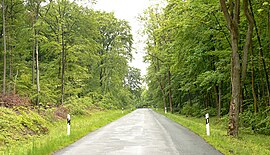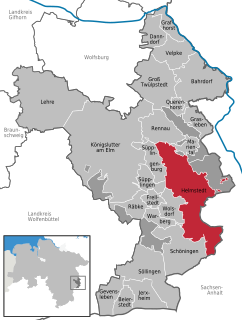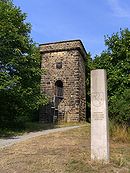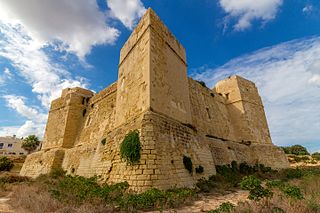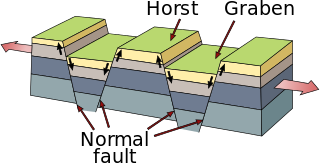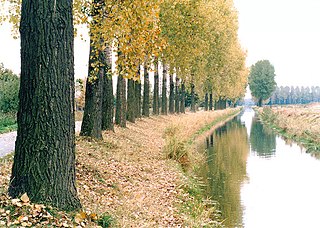
The Aller is a 215-kilometre (134 mi) long river in the states of Saxony-Anhalt and Lower Saxony in Germany. It is a right-hand, and hence eastern, tributary of the Weser and is also its largest tributary. Its last 117 kilometres (73 mi) form the Lower Aller federal waterway (Bundeswasserstraße). The Aller was extensively straightened, widened and, in places, dyked, during the 1960s to provide flood control of the river. In a 20-kilometre (12 mi) long section near Gifhorn, the river meanders in its natural river bed.

Gifhorn is a district in Lower Saxony, Germany.

The Oker is a river in Lower Saxony, Germany, that has historically formed an important political boundary. It is a left tributary of the River Aller, 128 kilometres (80 mi) in length and runs in a generally northerly direction.

Helmstedt is a district in Lower Saxony, Germany. It is bounded by the district of Wolfenbüttel, the City of Braunschweig, the District of Gifhorn, the City of Wolfsburg and the State of Saxony-Anhalt.

Königslutter am Elm is a town in the district of Helmstedt in Lower Saxony, Germany.
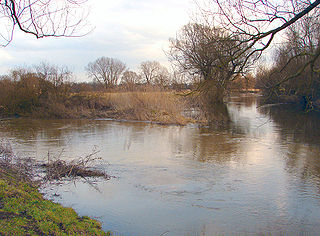
Schunter is a river in Lower Saxony, Germany. It has a length of 58 km (36 mi) and is a right tributary of the Oker.
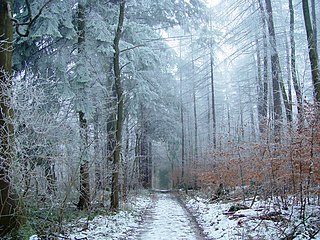
The Elm is a range of hills north of the Harz mountains in the Helmstedt and Wolfenbüttel districts of Lower Saxony, Germany. It has a length of about 25 km (15.5 mi) and a width of 3–8 km (2–5 mi) and rises to an elevation of 323 meters. Surrounded by the Northern European Lowlands, the Elm is almost uninhabited and the largest beech forest in Northern Germany. The hills are of a triassic limestone called Elmkalkstein. Together with the neighbouring Lappwald range, the Elm has been a protected nature park since 1977.

The Border checkpoint Helmstedt–Marienborn, named Grenzübergangsstelle Marienborn (GÜSt) by the German Democratic Republic (GDR), was the largest and most important border crossing on the Inner German border during the division of Germany. Due to its geographical location, allowing for the shortest land route between West Germany and West Berlin, most transit traffic to and from West Berlin used the Helmstedt-Marienborn crossing. Most travel routes from West Germany to East Germany and Poland also used this crossing. The border crossing existed from 1945 to 1990 and was situated near the East German village of Marienborn at the edge of the Lappwald. The crossing interrupted the Bundesautobahn 2 (A 2) between the junctions Helmstedt-Ost and Ostingersleben.
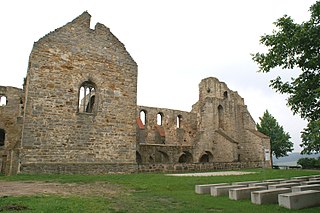
Walbeck is a village and a former municipality in the Börde district in Saxony-Anhalt, Germany. Since 1 January 2010, it is part of the town Oebisfelde-Weferlingen.

The Derlingau was an early medieval county (Gau) of the Duchy of Saxony.
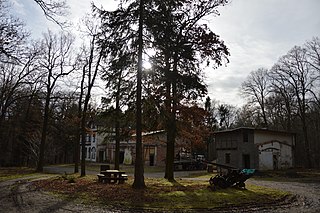
The Hohes Holz is an extended forest area on the western rim of the otherwise open, agriculturally intensively-farmed Magdeburg Börde region in the German state of Saxony-Anhalt.

The Drömling is a sparsely populated depression on the border of Lower Saxony and Saxony-Anhalt in Germany with an area of about 340 square kilometres (130 sq mi). The larger part belonging to Saxony-Anhalt in the east has been a nature park since 1990. The former swampland was transformed by drainage from a natural into a cultural landscape in the 18th century under the direction of Frederick the Great of Prussia. Today the depression, with its waterways, the Mittelland Canal and the rivers Aller and Ohre is a refuge for rare or endangered species of animal and plant. Most of the area is now made up of nature reserves and protected areas. Nearby towns include Oebisfelde and Wolfsburg.
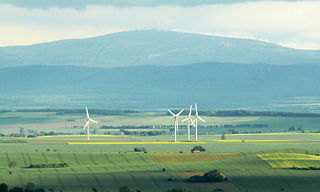
Brunswick Land is a historical region in the Southeast of the German state of Lower Saxony, centred around the city of Braunschweig. It refers to the core territory of the historic Duchy of Brunswick and its successor, the Free State of Brunswick, which was disestablished in 1946.

The Elm-Lappwald Nature Park is a nature park in southwest Lower Saxony, east of Brunswick in central Germany. It is dominated by the forested hill ranges of the Elm, Lappwald and Dorm as well as the region known as the Helmstedt Bowl.
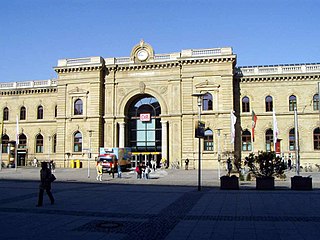
The Brunswick–Magdeburg railway is an 83-kilometre-long (52 mi) German main line railway. It is with the Berlin–Lehrte railway and the Hanover–Berlin high-speed line one of the most important east-west lines between Hanover and Berlin. Important intermediate stations are Königslutter, Helmstedt and Eilsleben.

The Jerxheim–Helmstedt railway is a 22 km-long railway line in the south-east of the German state of Lower Saxony that was opened in 1858. It opened up the area south of the Elm hills. Until 8 December 2007, there were passenger services on the route from Brunswick via Wolfenbüttel, Schöppenstedt, Jerxheim and Schöningen to Helmstedt, which was last marketed as the Südelmbahn. The section from Helmstedt to Alversdorf freight yard has since been operated as a connecting line to a facility of the Energy from Waste (EEW) company, formerly half owned by E.ON.
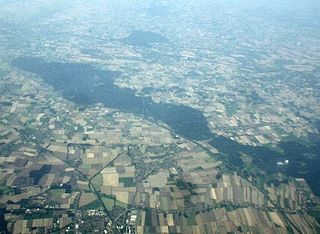
The Schaumburg Forest is a wooded region, about 80 m above sea level (NN) with an area of around 40 km², in the district of Schaumburg in the German federal state of Lower Saxony.
